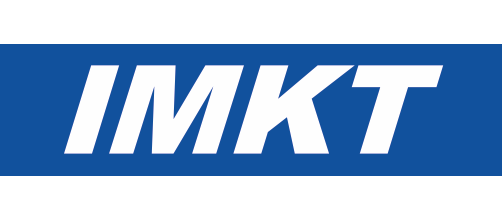Influence of Metal Working Fluids in Cutting Processes
- verfasst von
- Florian Pape, Haichao Liu, Lars Ellersiek, Alexander Kroedel, Berend Denkena, Gerhard Poll
- Abstract
For the realization of efficient production processes, an understanding of the appropriate application of metal working fluids (MWF) is necessary. In addition to knowledge about the process-related aspect of chip transport and the macroscopic cooling effect, the characteristics and properties of the lubrication film thickness and the cooling conditions in the area of the secondary shear zone on the chip surface, i.e. in the direct vicinity of the material separation, represent a fundamental scientific issue within production technology. In particular, these areas generate a high proportion of heat during machining, so that the local friction phenomena have a significant influence on the resulting edge zone of the produced component and the thermomechanical load on the tool. Currently, there are no numerical models and methods for mapping and predicting the lubrication film thickness that can be used in the sense of a targeted design of the cooling lubricant supply. The aim is to transfer the methods from the field of tribology of machine elements, which have already led to significant knowledge gains in this discipline, to machining and couple them to approaches already established in machining. To this end, experiments on tribometers have been performed as a first step. For example, an oscillating pin-on-plate tribometer was used. In this setup, a steel plate is doing oscillating motion against a fixed ball (diameter of 6 mm) under a defined load. The frictional force is recorded during the test. A MWF in a heated tank is used for the lubricant. Additional investigations on the film thickness were performed on an optical EHL (elasto-hydrodynamic lubrication) tribometer. In this setup, a ball rolls on a glass-disc and the resulting film thickness is measured by interferometry. For comparison, the influence of the MWF on the chip formation process in metal cutting was investigated on a special test rig (machine tool). This test rig allows high speed imaging and force measurements of an orthogonal cutting process while using MWFs. The first results show a reduced contact length between chip and tool as well as lower process forces for processes with MWFs compared to dry cutting processes. In future investigations, this test rig will be applied for the identification of the local friction coefficient between chip and tool. The data gained from the cutting test are compared with the output of the tribological test rigs.
- Organisationseinheit(en)
-
Institut für Maschinenkonstruktion und Tribologie
Institut für Fertigungstechnik und Werkzeugmaschinen
- Typ
- Konferenzaufsatz in Fachzeitschrift
- Journal
- Defect and Diffusion Forum
- Band
- 414
- Seiten
- 51-57
- Anzahl der Seiten
- 7
- ISSN
- 1012-0386
- Publikationsdatum
- 2022
- Publikationsstatus
- Veröffentlicht
- Peer-reviewed
- Ja
- ASJC Scopus Sachgebiete
- Strahlung, Werkstoffwissenschaften (insg.), Physik der kondensierten Materie
- Elektronische Version(en)
-
https://doi.org/10.4028/p-dnly6l (Zugang:
Geschlossen)


